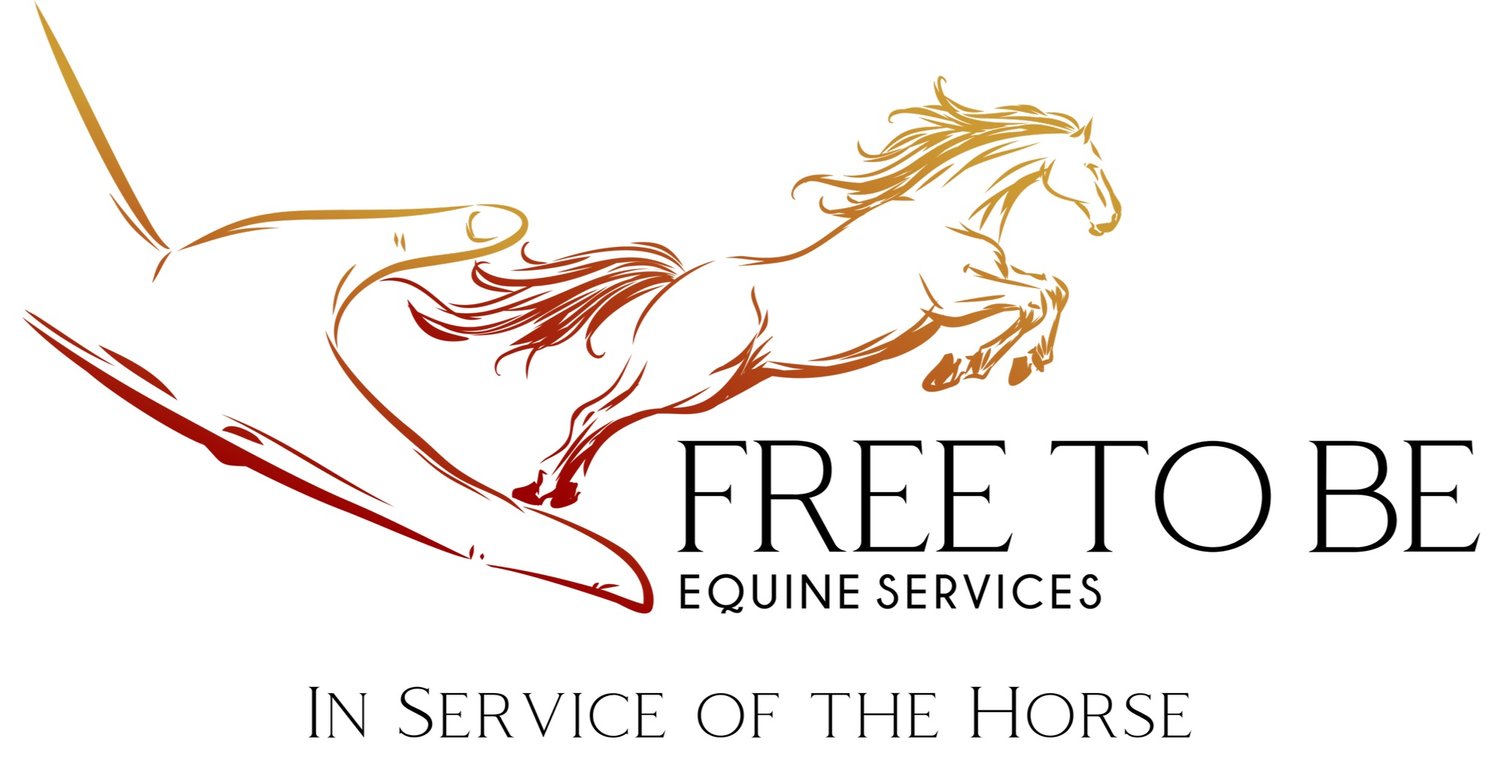Let's continue the conversation about equine cranial nerves (see the first post in this series HERE).
To recap - just like humans, horses have a complex network of cranial nerves responsible for various essential functions. These nerves control sensory and motor functions throughout the head and neck region, affecting vital processes such as sight, hearing, taste, and more.
Many aspects of horse keeping and handling can have a negative impact on the cranial nerves. One of the leading culprits is ill-fitting tack. Particularly bridles and bits that don't properly accommodate a horse's anatomy can exert unnecessary pressure on the sensitive cranial nerves.
Improper use of halters and bridles can also have adverse effects. Rough handling of the lead or reins can create discomfort and tension on the structures of the horse's jaw and mouth, impacting cranial nerves associated with taste, touch, and overall sensitivity. Overly raised, flexed, or forced head positions will also place excessive strain on sensitive structures. Keeping a horse in an unnatural position for extended periods can lead to muscle tension, restricted blood flow, and nerve compression. Discomfort caused by ill-fitting tack or improper handling can manifest as localized pain in the head, neck, and facial areas. Horses may exhibit signs such as head tossing, resistance to bridling, or sensitivity to touch.
Another important factor to consider is head trauma. Horses, like any other animal, can experience head injuries from accidents, falls, or collisions. Head trauma can result in nerve compression, where the force impacts the cranial nerves, causing inflammation, swelling, or even nerve damage. This can lead to a range of symptoms depending on the specific nerves affected, including pain, altered sensory perceptive (vision, hearing, smell, taste), motor coordination (balance, muscle control), and behavioural changes such as increased anxiety, spookiness, irritability, or altered response to stimuli. These changes can be linked to cranial nerve disruptions.
In addition to external factors like tack and handling, certain diseases can also affect the cranial nerves. These diseases can lead to a variety of symptoms and complications. Consult your veterinarian if your horse begins to display symptoms of neurological disease such as muscle weakness, loss of coordination, difficulty swallowing, facial nerve paralysis, or sudden explosive behaviour.
So as a rider or horse steward, how can you ensure that you're respecting your horse's cranial anatomy and nervous system to prevent or treat these potential issues?
Proper tack fit. Always ensure your horse's tack is clean and fits correctly, allowing freedom of movement without pressure points, particularly on the sensitive structures of the head and back. Regularly check for signs of discomfort, such as sensitivity, physical marks (rubs, broken or white hairs) and behavioral changes.
A skilled professional care team. Consult with the appropriate knowledgeable professionals such as trainers, veterinarians, bodyworkers, and saddle fitters who can provide expert guidance. Have your saddle and bridle fit checked by a professional, and schedule regular re-checks. Horse bodies are dynamic, and they change shape in relation to exercise, training, nutrition, turnout, and the seasons. Regular bodywork will help you keep your finger on the pulse of your horse's muscle development, range of motion, and overall comfort level. A skilled trainer will teach you how to correctly handle your horse's head and neck, both under saddle and on the ground, in order to respect their physiology and develop healthy posture and musculature.
Craniosacral therapy. Consider the benefits of craniosacral therapy for horses. This gentle hands-on therapy focuses on the craniosacral system, which includes the cranial bones and nerves, spinal cord, sacrum and pelvis, and the circulation of cerebrospinal fluid. Intentional, specific, and subtle touch aims to release restrictions and restore balance, promoting overall well-being for the craniosacral system and relieving discomfort and restriction in the entire body.
Veterinary care. If you suspect that your horse has experienced acute head trauma, promptly seek a thorough veterinary evaluation. Only a veterinarian can assess the extent of the injury, perform necessary diagnostic tests, and provide appropriate treatment options. Early intervention can make a significant difference in the recovery process.
Our horses rely on us as their stewards to prioritize their well-being. Educating yourself on their anatomy and physiology is a worthy investment. Handling and riding with empathy and respect for their bodies and their behavioural feedback will not only strengthen your relationship with your horses, but will also keep them healthy by avoiding preventable pain and injury.

